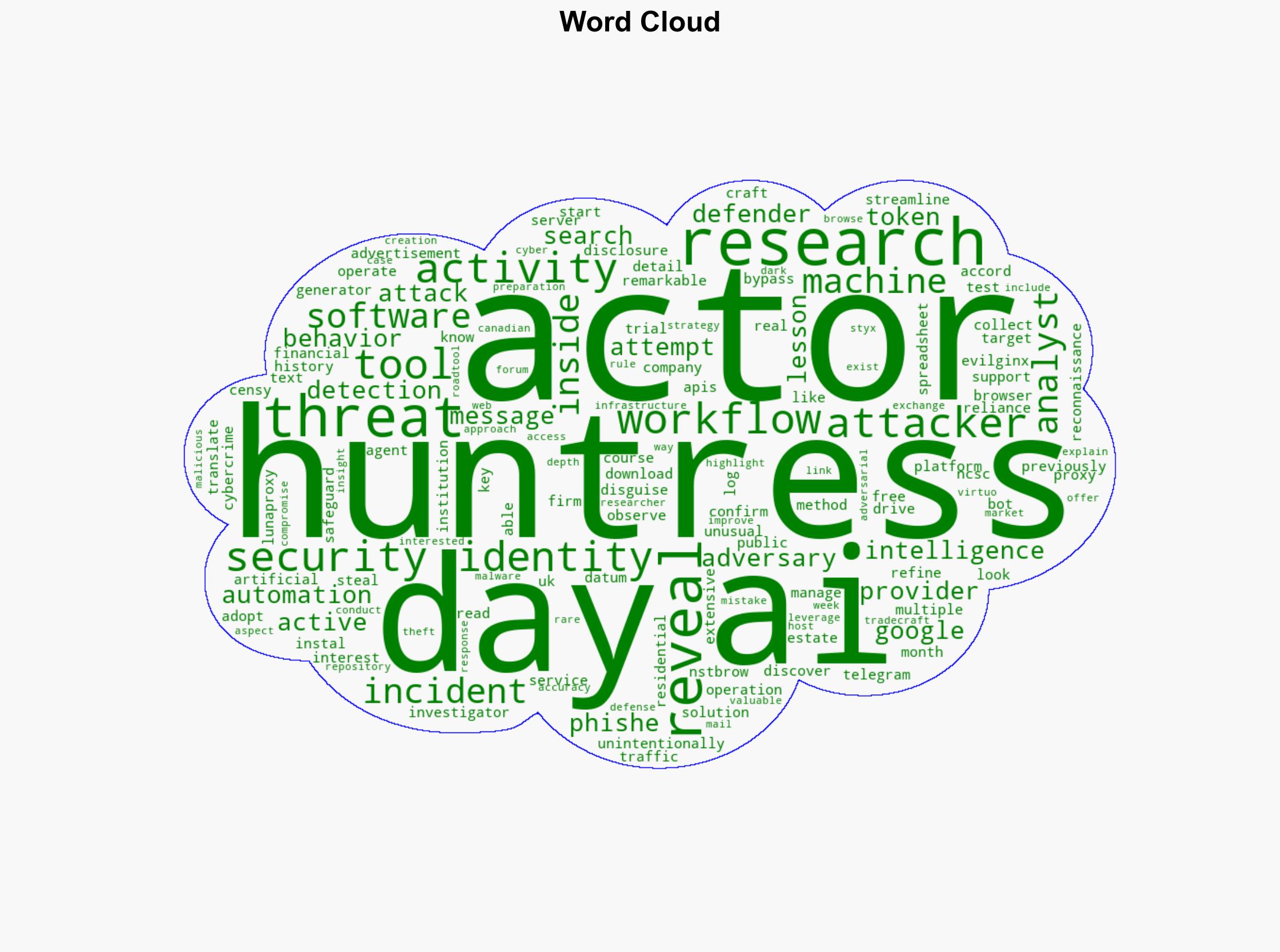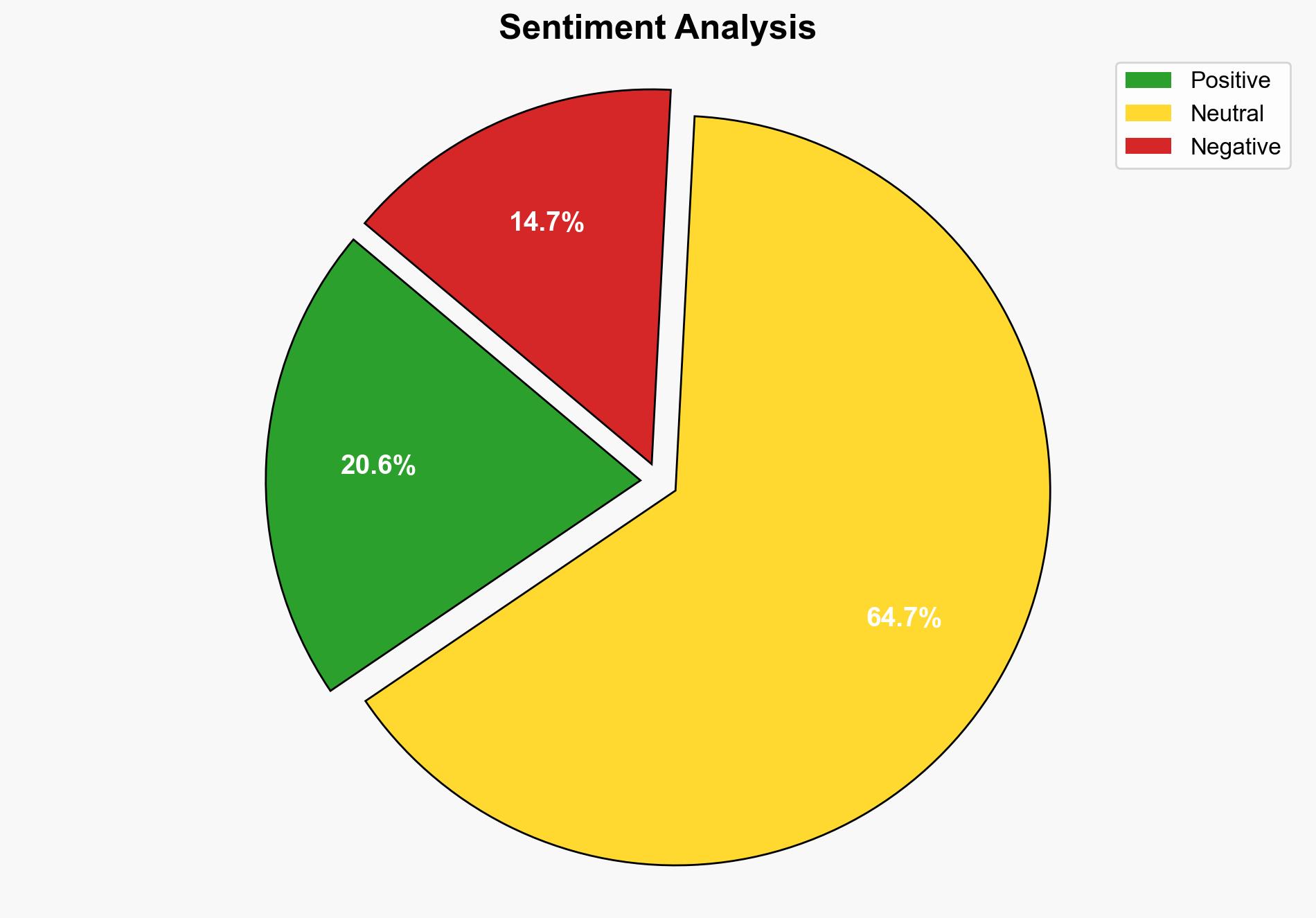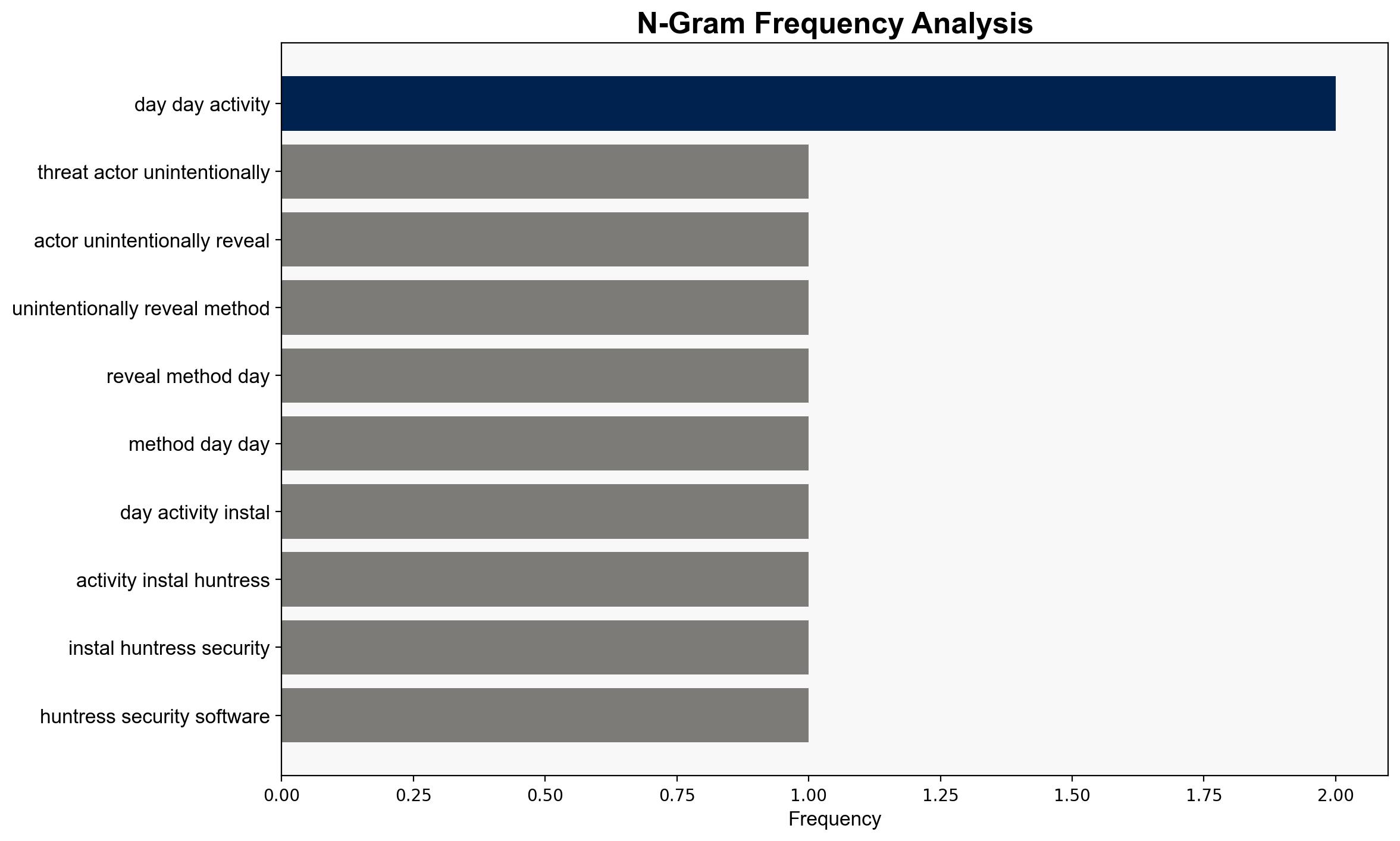Threat Actor Accidentally Exposes AI-Powered Operations – Infosecurity Magazine
Published on: 2025-09-09
Intelligence Report: Threat Actor Accidentally Exposes AI-Powered Operations – Infosecurity Magazine
1. BLUF (Bottom Line Up Front)
The most supported hypothesis is that the threat actor’s operations are primarily driven by AI tools to enhance efficiency and evade detection. Confidence in this assessment is moderate due to the accidental exposure of their methods. It is recommended to enhance AI monitoring capabilities and collaborate with cybersecurity firms to develop advanced detection strategies.
2. Competing Hypotheses
1. **Hypothesis A:** The threat actor is leveraging AI tools primarily for operational efficiency and automation, which was inadvertently exposed due to a lapse in operational security.
2. **Hypothesis B:** The exposure was a deliberate misinformation tactic by the threat actor to mislead investigators about their actual capabilities and intentions.
Using the Analysis of Competing Hypotheses (ACH) 2.0, Hypothesis A is better supported by the evidence, such as the detailed logs and the use of AI-driven tools like text generators and Telegram bot APIs. Hypothesis B lacks substantial evidence, as the exposure appears unintentional and lacks strategic benefit for the threat actor.
3. Key Assumptions and Red Flags
– **Assumptions:** It is assumed that the threat actor’s exposure was accidental and not a strategic deception. The reliance on AI tools is assumed to be genuine and not exaggerated.
– **Red Flags:** The possibility of deliberate misinformation should not be entirely dismissed. The absence of direct attribution to a known group raises questions about the actor’s identity and motives.
4. Implications and Strategic Risks
The use of AI in cyber operations represents a significant escalation in threat actor capabilities, potentially leading to more sophisticated and harder-to-detect attacks. This could have cascading effects on financial institutions, software providers, and real estate firms, increasing economic and cybersecurity risks. The exposure also highlights vulnerabilities in current detection methodologies.
5. Recommendations and Outlook
- Enhance AI-driven threat detection and response capabilities within cybersecurity frameworks.
- Foster partnerships with cybersecurity firms like Huntress to share intelligence and develop countermeasures.
- Scenario-based projections:
- Best Case: Improved detection and prevention strategies significantly reduce the threat actor’s operational effectiveness.
- Worst Case: Threat actors adapt quickly, leading to a surge in successful AI-driven cyberattacks.
- Most Likely: Incremental improvements in cybersecurity measures lead to a temporary reduction in threat actor success rates.
6. Key Individuals and Entities
– Huntress Security Software
– Canadian provider Virtuo
– Dark web forum Styx Market
7. Thematic Tags
national security threats, cybersecurity, counter-terrorism, regional focus




